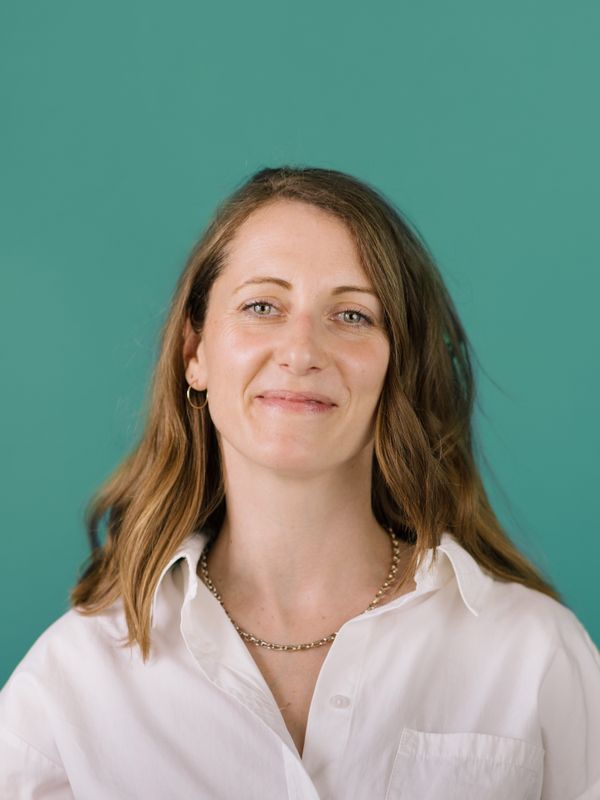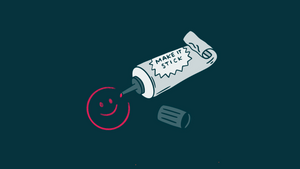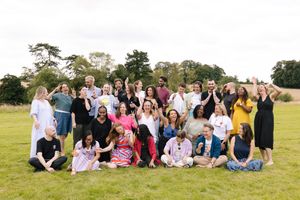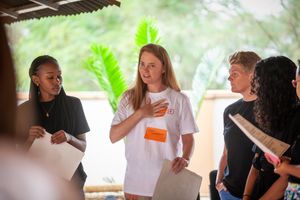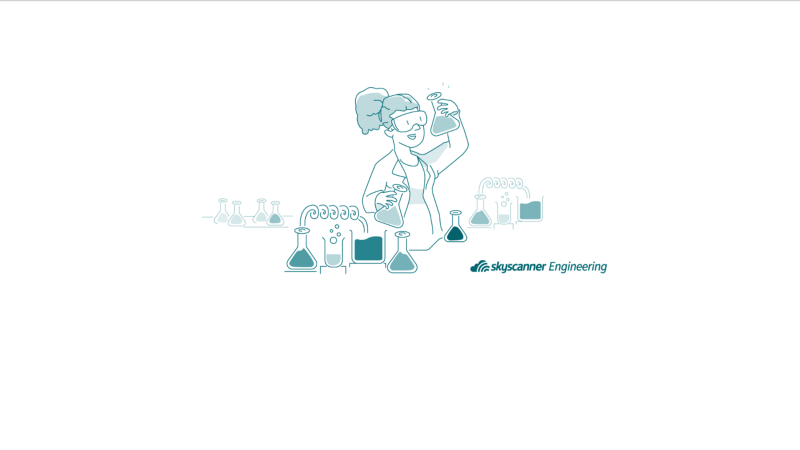
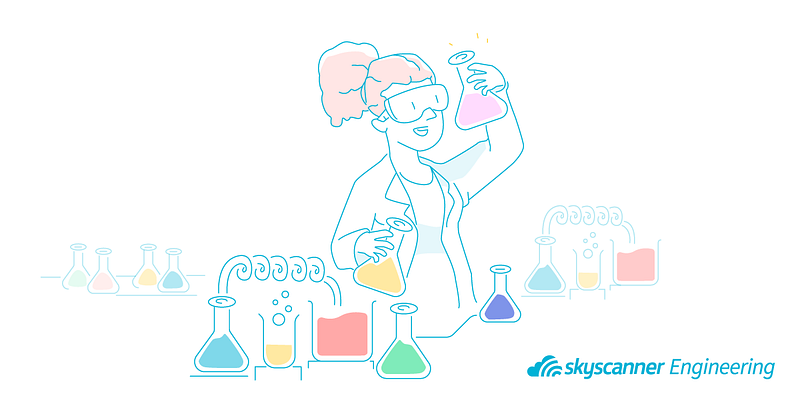
Skyscanner is a $2bn unicorn on a mission to be the single trusted app for all your travel needs. With over 70 million users and operating in over 65 markets, the team is well on the way to achieving that goal.
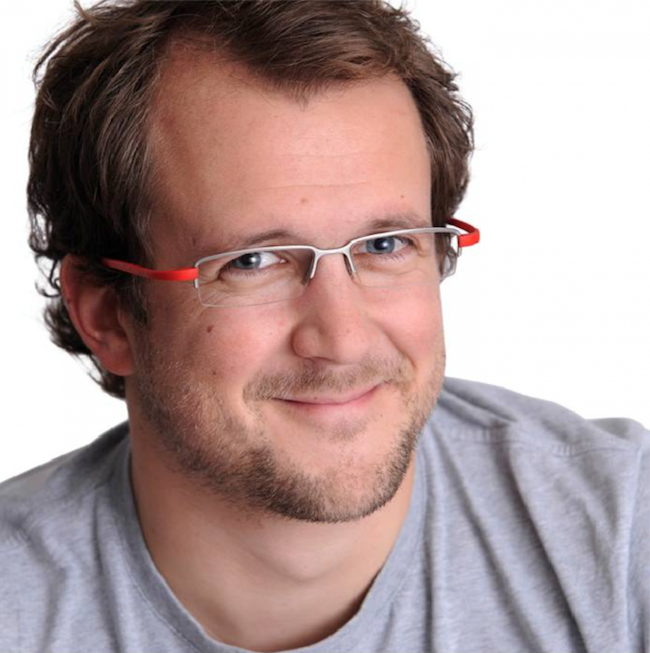
I met with Buzz Pearce, Global Design Director at Skyscanner and previously Principal Design Director at Skype, to hear about Skyscanner’s approach to innovation. It’s striking how much care and attention Buzz and Skyscanner teams give to designing ways of working, and creating a culture of learning through experimentation, alongside designing the product itself.
Here are 5 of the ways Skyscanner cultivates learning through experimentation:
1. The best ideas come from anywhere
At Skyscanner the word innovation is conspicuously missing from the organisational structure, because it’s everyone’s responsibility.
We think ideas can come from anyone and we encourage that. We don’t have a specific unit called innovation. People email the CEO directly with their ideas and we support the ones with potential to be developed and tested, it happens all the time.
2. Experimentation is a mindset to hire in and reward
All new joiners are selected for an experimental mindset and an appetite for learning — they must demonstrate curiosity, autonomy, accountability, potential and the selection process is rigorous to weed out anyone without those attributes. Skyscanner’s competency framework even includes an entrepreneurialism track that’s applied to everyone. It’s designed to recognise the potential for ideas to come from anyone and rewards those who contribute ideas and test them. It also demonstrates how experimentation and learning is truly valued, beyond just lipservice.
3. Experimentation is also a process that can be learned
In every business there’s a tension between quality and speed. Moving quickly and failing fast are becoming the hot topic but it’s difficult for companies to go beyond paying lip service, to actually enabling speed and encouraging experimentation.
For Skyscanner it’s all about speed coupled with a culture of forgiveness so people feel safe in testing and in those tests failing. That’s why we have an experimental framework that’s scientific, to guide that process.
Boyd’s Law gets touted about a lot. (Originally from engineering design, it favours speed of iteration over quality of iteration). So we say go fast to build and release an experiment to a 1% test base, because you want to learn. Then, once you’ve learned, polish it and get quality to 100%. We’re still learning the best ways to encourage that and we’re using a mixed-method approach, but we know that in the competitive landscape, first and foremost is speed.
It’s a tension that’s difficult to get right, and at Skyscanner it’s very much a work in progress.
NEXT PRACTICE: EXPERIMENTATION FRAMEWORK
Skyscanner has an experimentation hub, an open source guide to running experiments within a scientific framework, which has become somewhat legendary amongst developers.
With the guiding principle of ‘Design like you’re right, test like you’re wrong’ it guides even the most novice of users through the steps of how to design and run experiments, so they can become an A/B Sensei or hypothesis master. Most people see experiments as A/B tests but there’s more to it than that, which is why Skyscanner encourages a mixed method approach to experiments, all under the banner of learning.
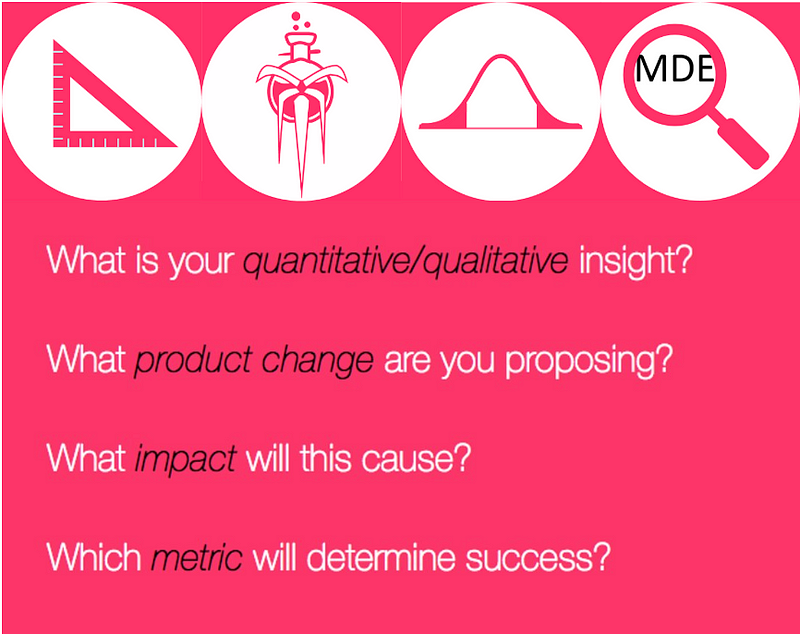
4. Experiments only fail if you’ve failed to learn
With an experimental mindset and process in place, the only question is, what have you learned? Disproving a hypothesis then doing the same again is failure.
That’s why we have the very strong and scientific experimental framework that we use. An idea has to be tested and validated and even if it’s failing in the sense that it’s not working, if we’ve learned from it then those insights are invaluable.
5. Ideas need time and space to develop
Decoupling ideas from commercial pressures and creating the right environment and temperament to really be patient on incubating them is what can evolve a mediocre idea to one that’s A-grade. That’s why there’s a Design Studio at Skyscanner, it allows the space to explore ideas and the time to nurture them.
The thing that keeps me up at night is have we just squished a really good idea? They are so fragile.
NEXT PRACTICE: MAKER TIME
Skyscanner prioritises learning, thinking, teaching and making. It’s what fuels its continued growth. Based on this principle, Maker Time was implemented across the business, inspired by Nancy Kline’s Time to Think.
“Taking time out of the busy daily delivery, that’s really where the quality of thought is. We recognised the need to protect it so we created Maker Time every Wednesday”.
The entire company switches off emails, no meetings are held, people are free to work from wherever they can be most productive, and everyone is urged to make, and to ship.
The bottom line
What’s striking about Skyscanner is there’s a specific balance the company tries to achieve between bold ambition to be the single trusted travel app, whilst staying humble and connected to their roots. It’s a recurring theme in some of the most successful of all tech startups, manifested by the likes of Jeff Bezos’ Day One as a reminder to stay humble and always innovate.
When you’re a startup you’re feeling your way. Then you hit your inflection and get to the privileged position of affecting over 70 million lives.
A culture that enables experimentation removes the emotionally loaded language of ‘failure’ and ‘success’ and the ego that goes with it. Best put by Buzz:
It keeps us honest. And that’s the most critical thing of all.
This article is part of Brink’s blog series interviewing business leaders who are creating an innovation-enabling culture in their organisation.
#innovation #startup #culture #tech # unicorn #ideas #scrum #Skyscanner #Brink

